Our first ever Fish Wars took place in 2019 and it was the oh so adorable appearance of the Panda Corydoras that stole everyones hearts and emerged as the official 2019 winner. As part of the build up to this years Fish Wars, we have put together a series of articles to remember some of the past champions.
The Panda Corydoras, also known as Corydoras panda in the scientific community, is a lovely and alluring species of freshwater fish that has captured the attention of aquarium enthusiasts worldwide. Its attractive appearance and peaceful nature make it a sought-after addition to home aquariums. This article will take an in-depth look at these beautiful creatures, covering their physical characteristics and care requirements.
A Closer Look at the Panda Corydoras
The Panda Corydoras are native to the clear and fast-flowing rivers of Peru in South America. This charming species is known for its unique black-and-white colouration, similar to that of the famous Giant Panda, from which it derives its common name.
These small fish usually grow to about 2 inches long, with females slightly larger than males. Their bodies are predominantly white with distinctive black patches over their eyes, creating a cute 'panda's mask.' In addition to this, they also have black markings on their dorsal fin and at the base of their tails, which further adds to their striking appearance.
Dietary Needs and Ideal Water Conditions
Panda Corydoras are omnivorous and eat various small insects, plant matter, and microorganisms in the wild. To keep them healthy in a home aquarium, they need a balanced diet of high-quality flake or pellet food, supplemented with occasional treats of live or frozen foods like bloodworms and brine shrimp. This will help replicate their naturally varied diet.
Examples include high-quality flake or pellet food live or frozen foods such as bloodworms, brine shrimp, daphnia, and mosquito larvae. You can also feed them blanched vegetables like zucchini, spinach, and cucumber. Providing them with various foods is essential to ensure they receive all the necessary nutrients for their growth and health.
Water conditions are critical for the well-being of Panda Corydoras. They prefer slightly acidic, soft water with a pH range between 6.0 and 7.0. The water temperature should be between 22°C to 25°C (72°F to 77°F), and they appreciate a moderate current in the tank since they come from fast-flowing rivers. Regular water changes are crucial as this species is sensitive to nitrate levels. Poor water quality can lead to health issues such as stress, disease, and even premature death.
Temperament and Compatibility: Ideal Tank Mates
Regarding temperament and compatibility, Panda Corydoras are perfect tank mates. These fish are known for their peaceful and social nature, and they prefer being in a school with other Panda Corydoras. It's best to keep them in at least five groups to ensure they feel comfortable and secure. Since Panda Corydoras are bottom dwellers, they get along well with mid-to-top dwelling species. Small and peaceful fish like tetras and guppies make for great tank mates. However, it's crucial to avoid keeping them with aggressive or carnivorous fish that are larger and could see them as prey.
Health Considerations and Recommended Medications
Panda Corydoras are generally quite hardy but can sometimes fall prey to common fish diseases, mainly if the water conditions are not optimal. One such disease that affects them is ich, a parasitic infection that manifests as white spots on the fish's body. Although over-the-counter medications can be effective for such ailments, it's important to note that Panda Corydoras are sensitive to certain types of medication. Before administering any treatment, it's always best to seek advice from an aquarium specialist.
Breeding Panda Corydoras: A Rewarding Experience
Breeding Panda Corydoras in a home aquarium can be an incredibly rewarding experience for hobbyists. Set up a separate breeding tank with soft, slightly acidic water to encourage spawning. The water temperature should be at the higher end of their preferred range. Replace the tank with cooler water than the aquarium when performing water changes. This will simulate the rainy season when Corydoras are known to spawn in the wild.
Condition the fish for breeding by increasing feedings of live or frozen foods. Once spawning has occurred, remove the adults to protect the eggs from being eaten. After the fry hatch, feed them high-quality fry food until they are large enough to consume regular fish food.
Creating the Perfect Habitat: Aquarium Decorations and Setup
When it comes to setting up your aquarium for Panda Corydoras, it's crucial to replicate their natural habitat to ensure their optimal health and well-being. These small, peaceful fish are native to the Amazon River basin, where they inhabit slow-moving waterways lined with lush vegetation, sandy or muddy bottoms, and fallen branches.
To recreate this environment in your aquarium, start by choosing a substrate that will protect their delicate barbels. Fine-grained sand or smooth gravel is ideal as it won't scratch or damage their sensitive whisker-like appendages near their mouth. Next, consider adding live plants, such as Java Fern or Amazon Sword, to provide hiding spots and create a natural look.
You can also include driftwood, rocks, or other decorations to mimic the fallen branches and rocky outcroppings in their natural habitat. Finally, maintain a consistent water temperature between 72-78°F and a pH of 6.0-7.5. Panda Corydoras also prefer soft, slightly acidic water, so you may need to adjust your tap water accordingly using a water conditioner or pH stabilizer.
By taking these steps to replicate the natural habitat of Panda Corydoras, you'll not only provide them with a comfortable home but also help them thrive in their new environment.
The Panda Corydoras is a delightful addition to any freshwater aquarium. Their unique appearance and peaceful nature contribute significantly to a harmonious aquatic environment. You can ensure that your Panda Corydoras thrive with proper care and attention, providing endless enjoyment. Happy fish-keeping!

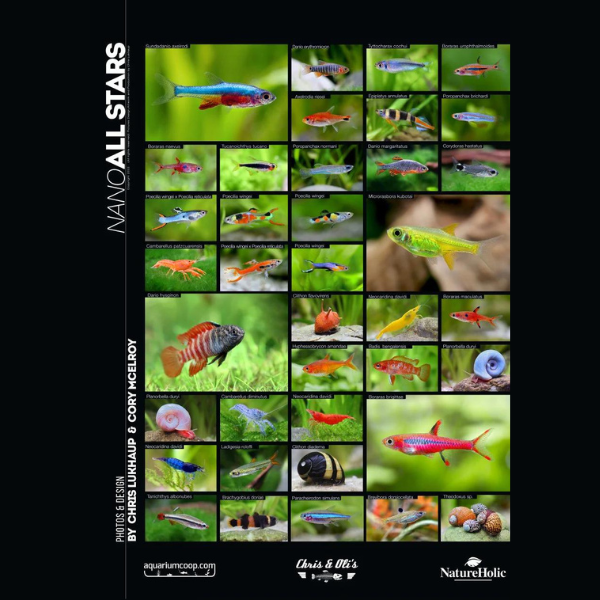
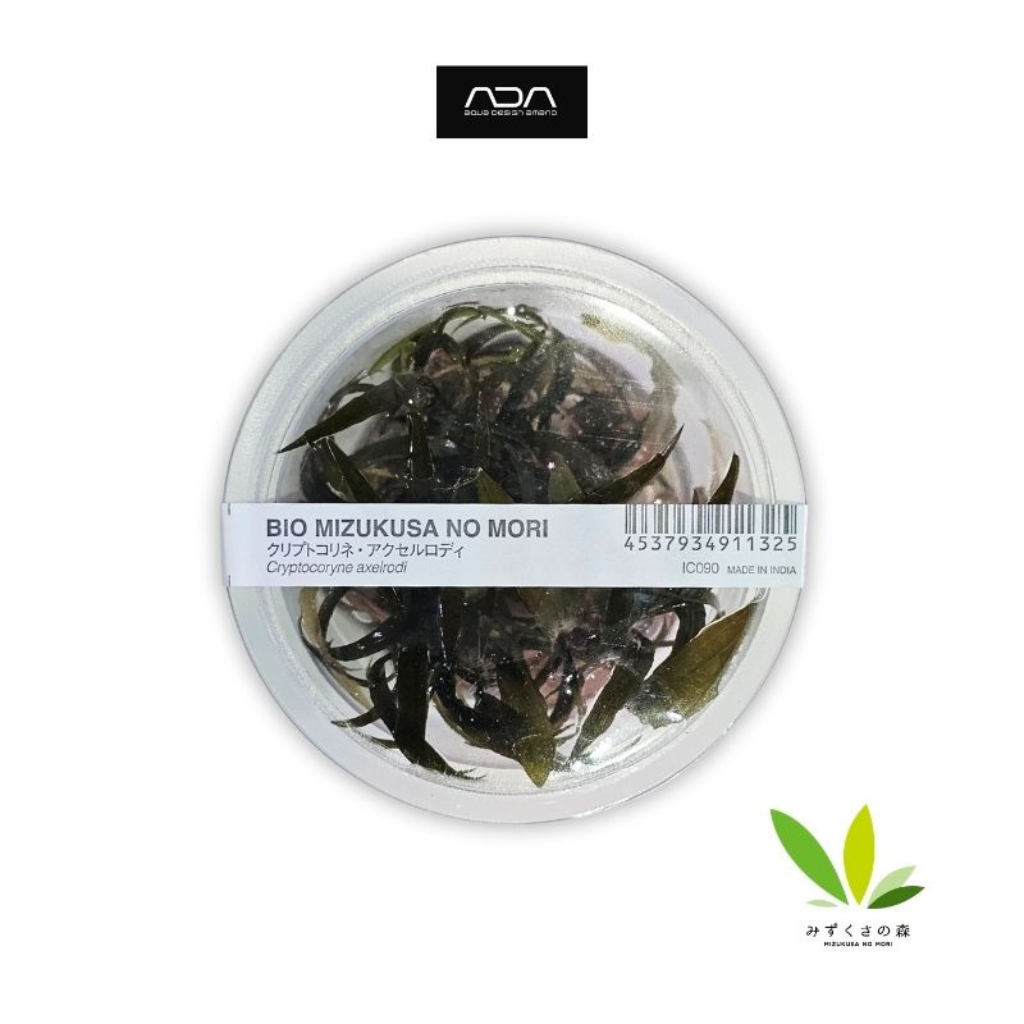
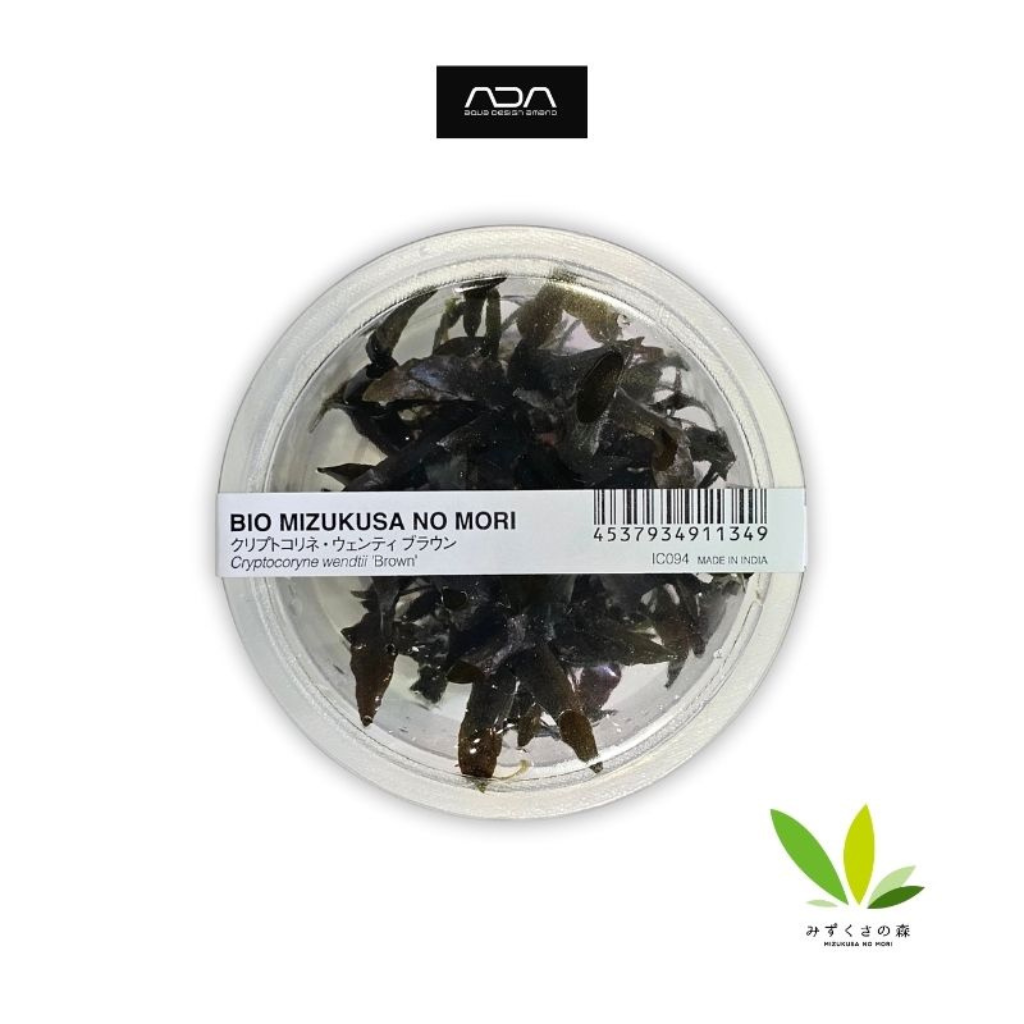
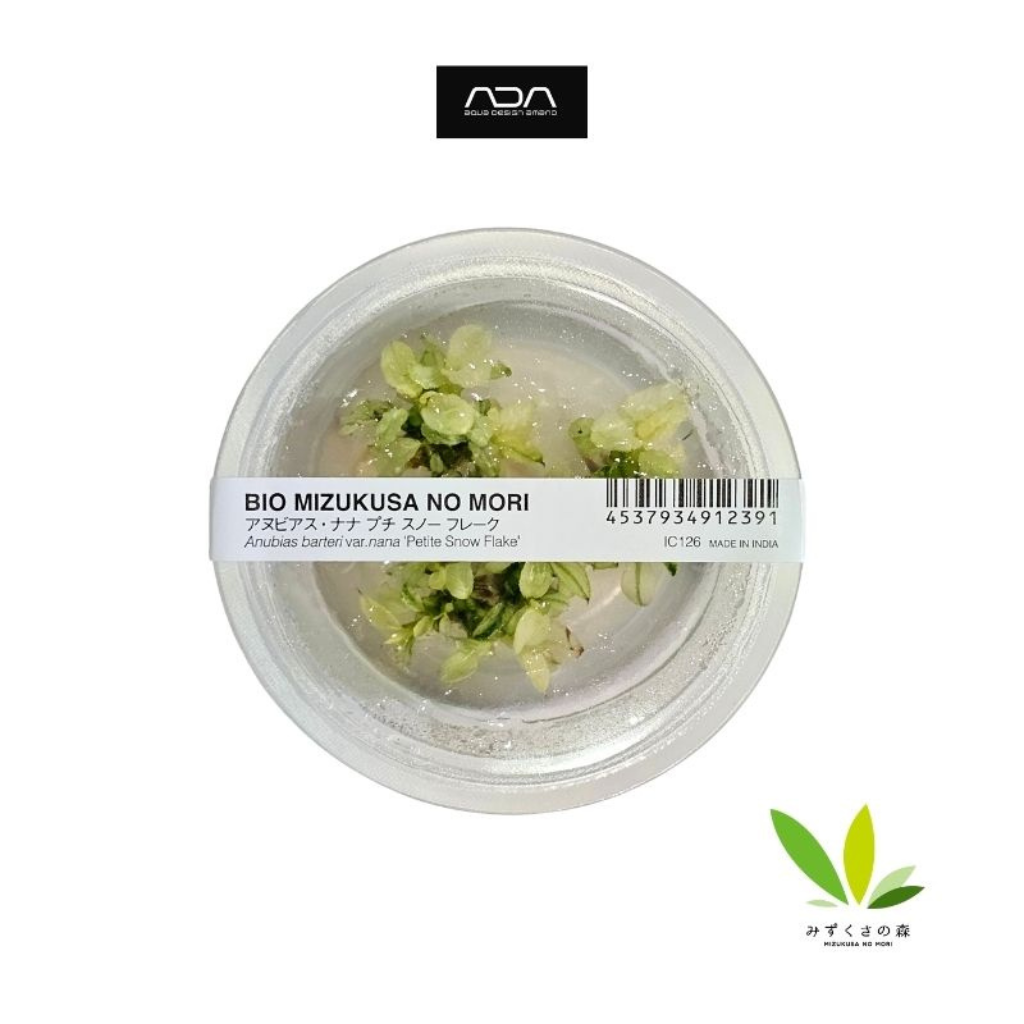
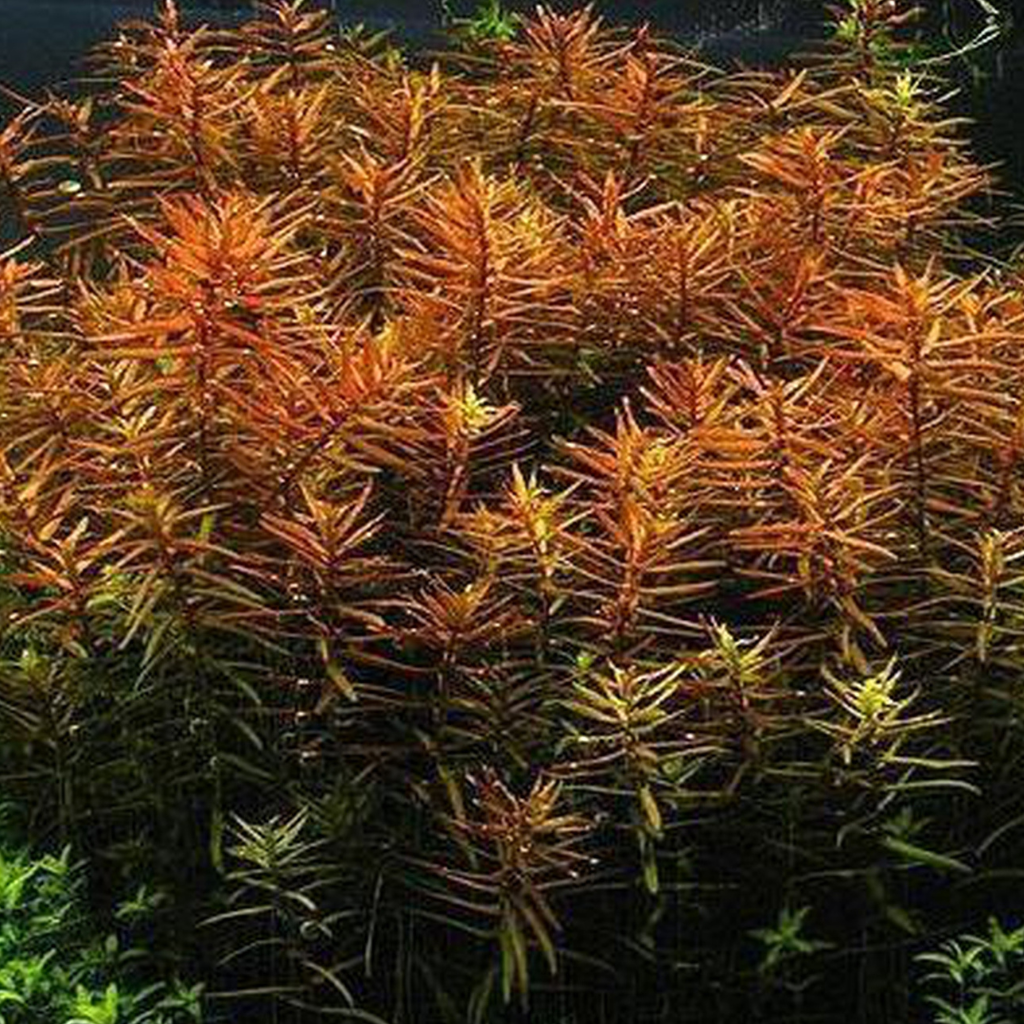
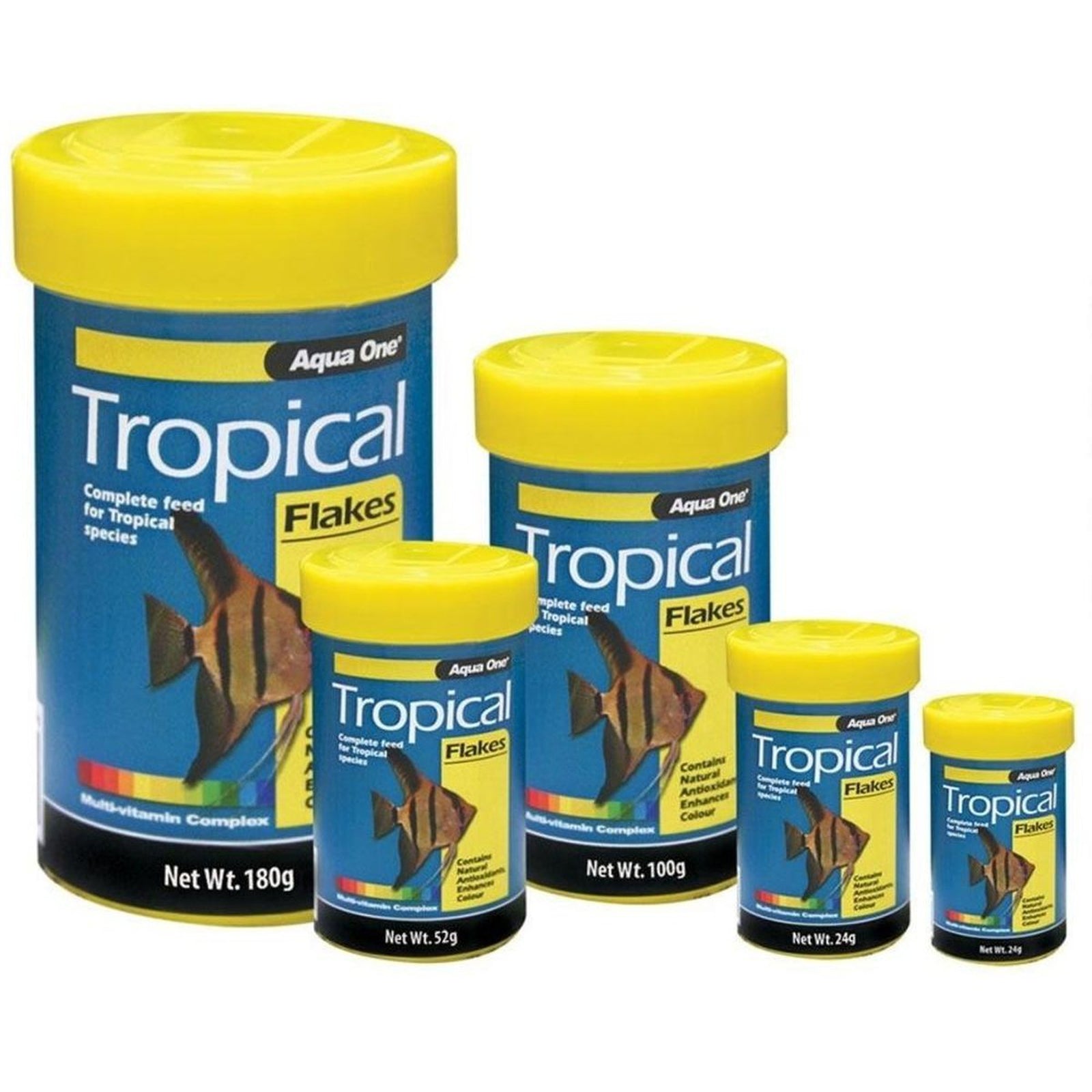
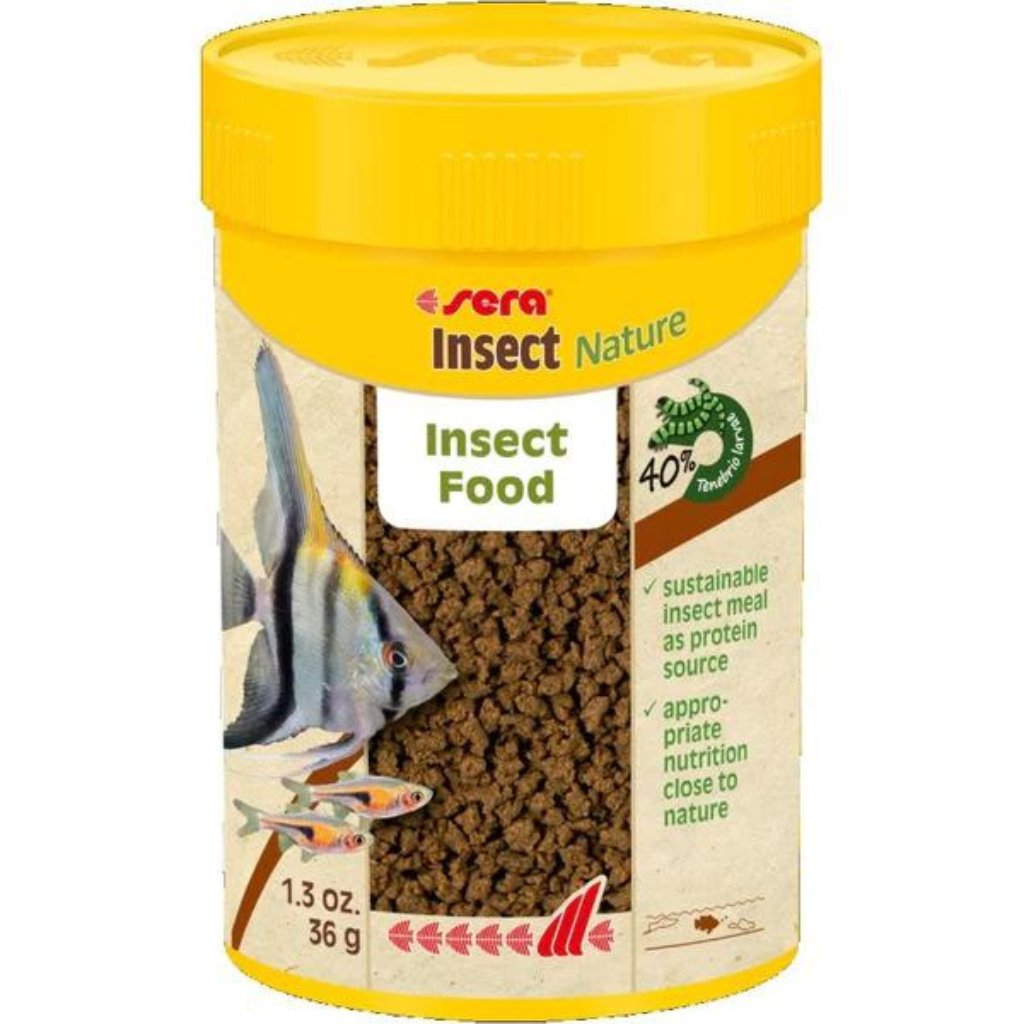
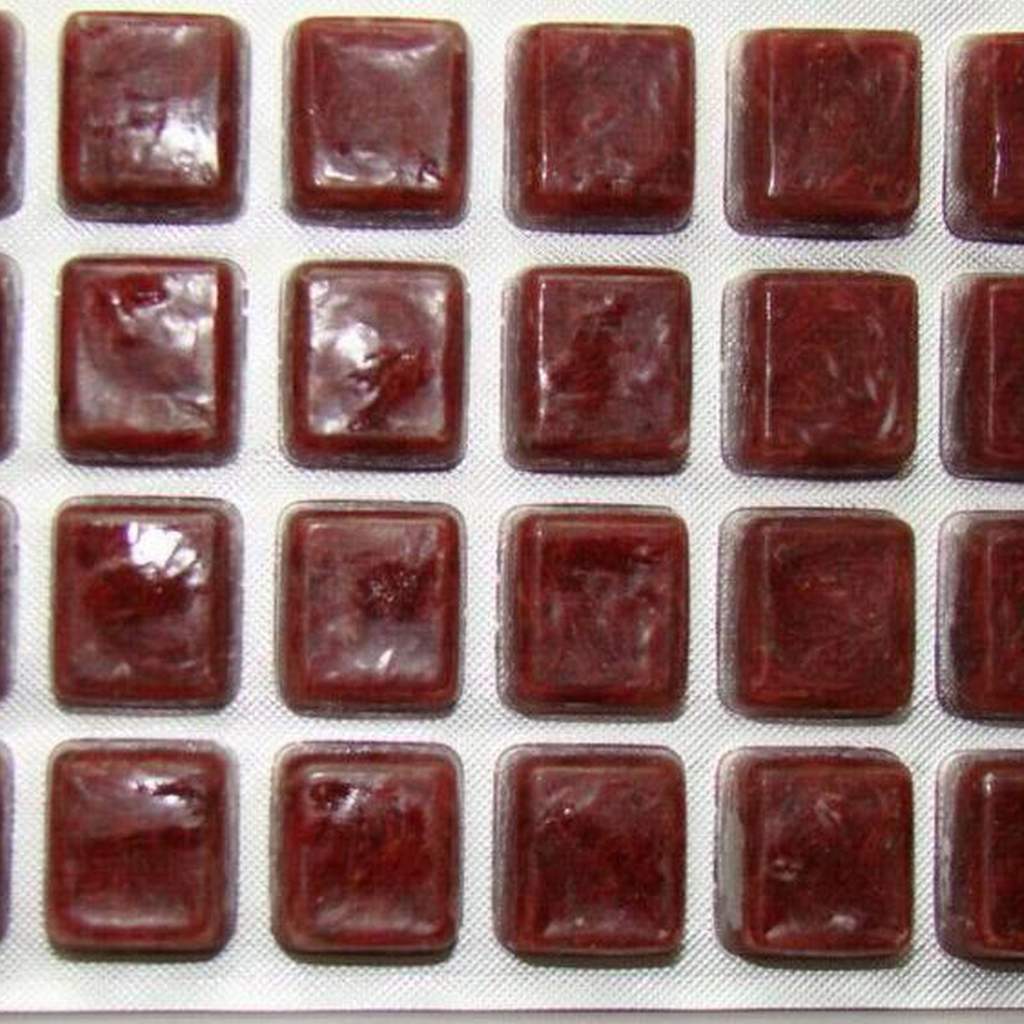
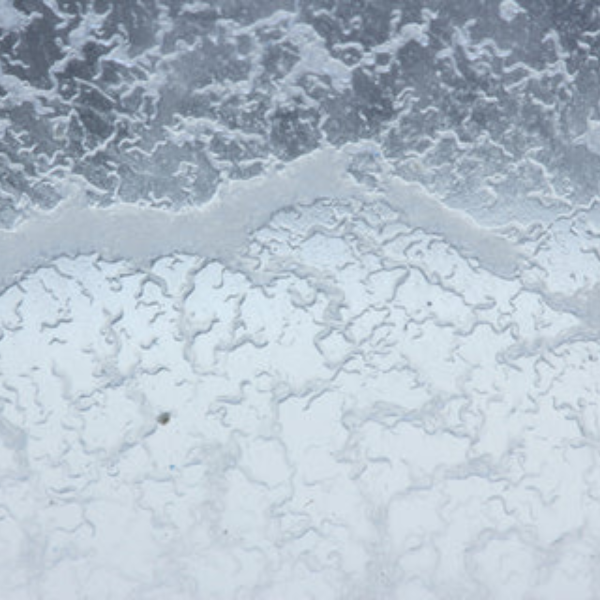
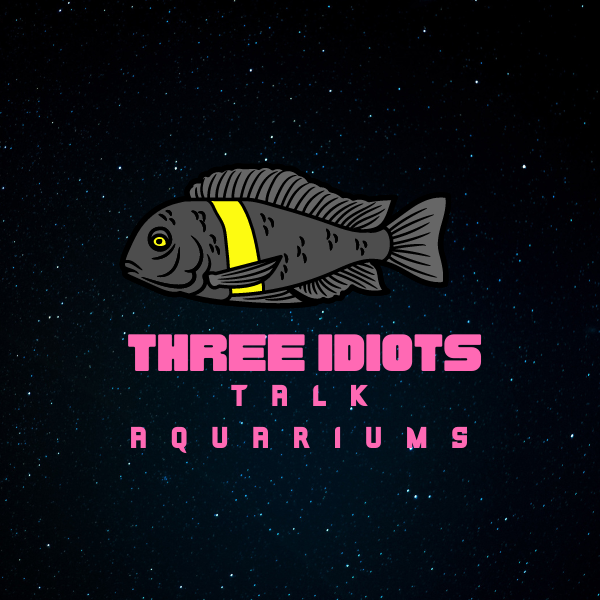



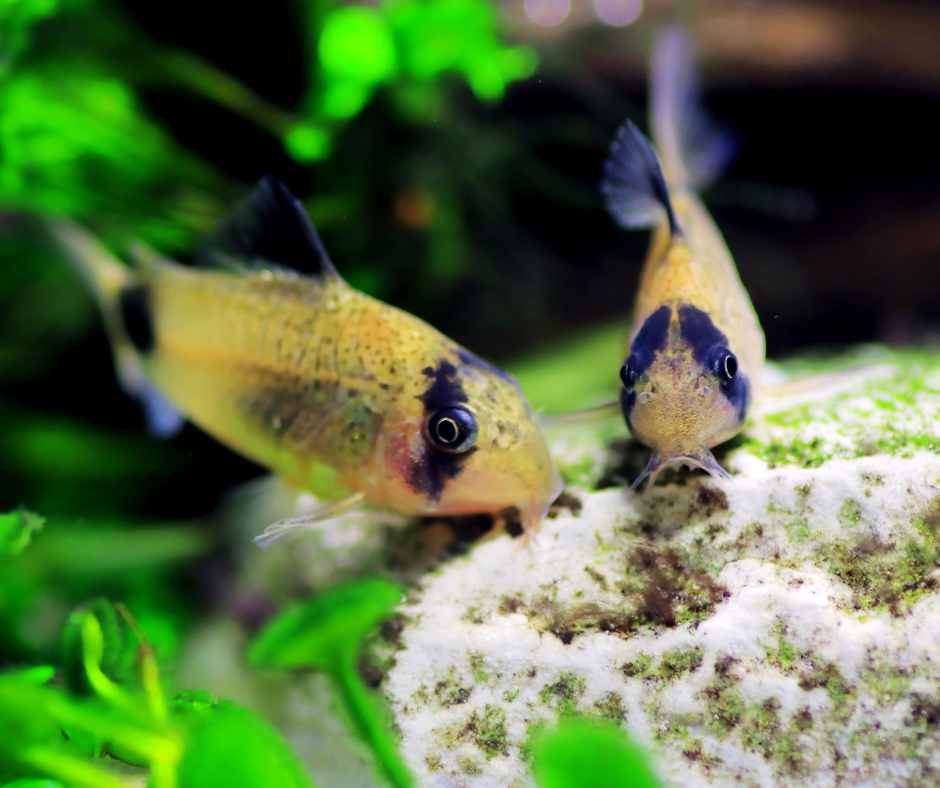
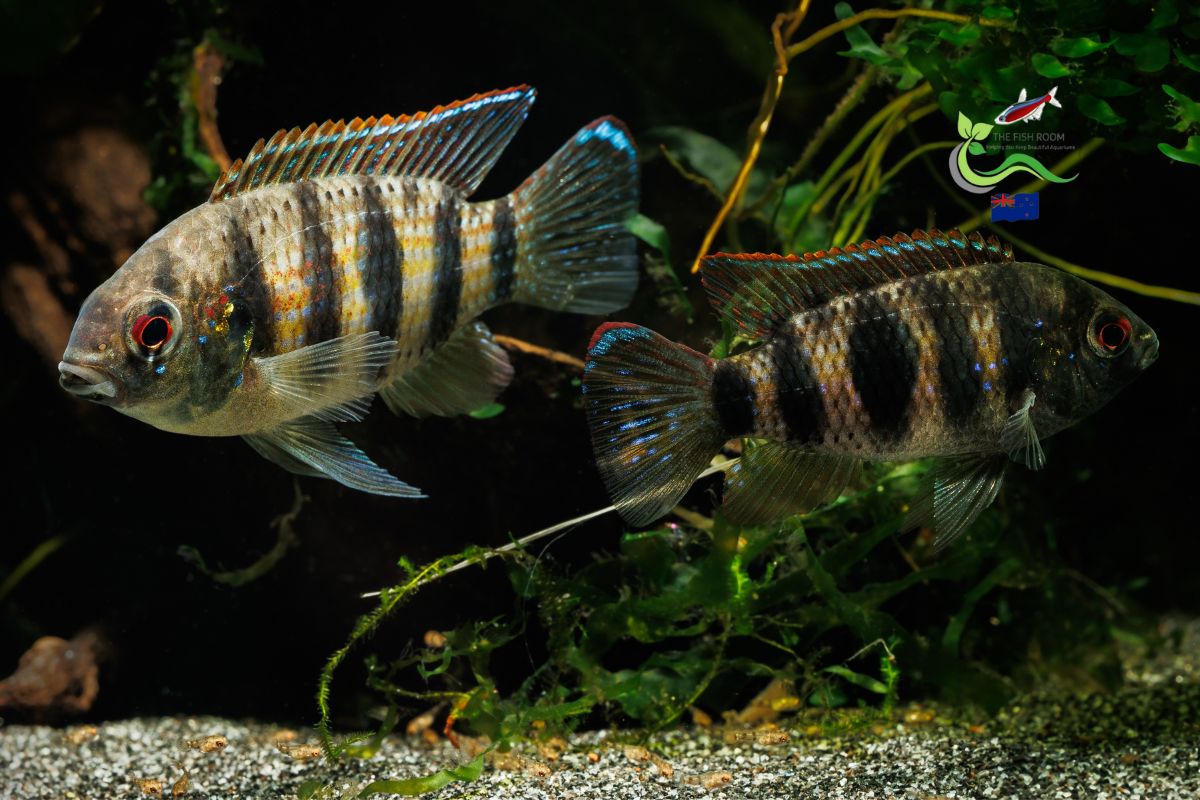
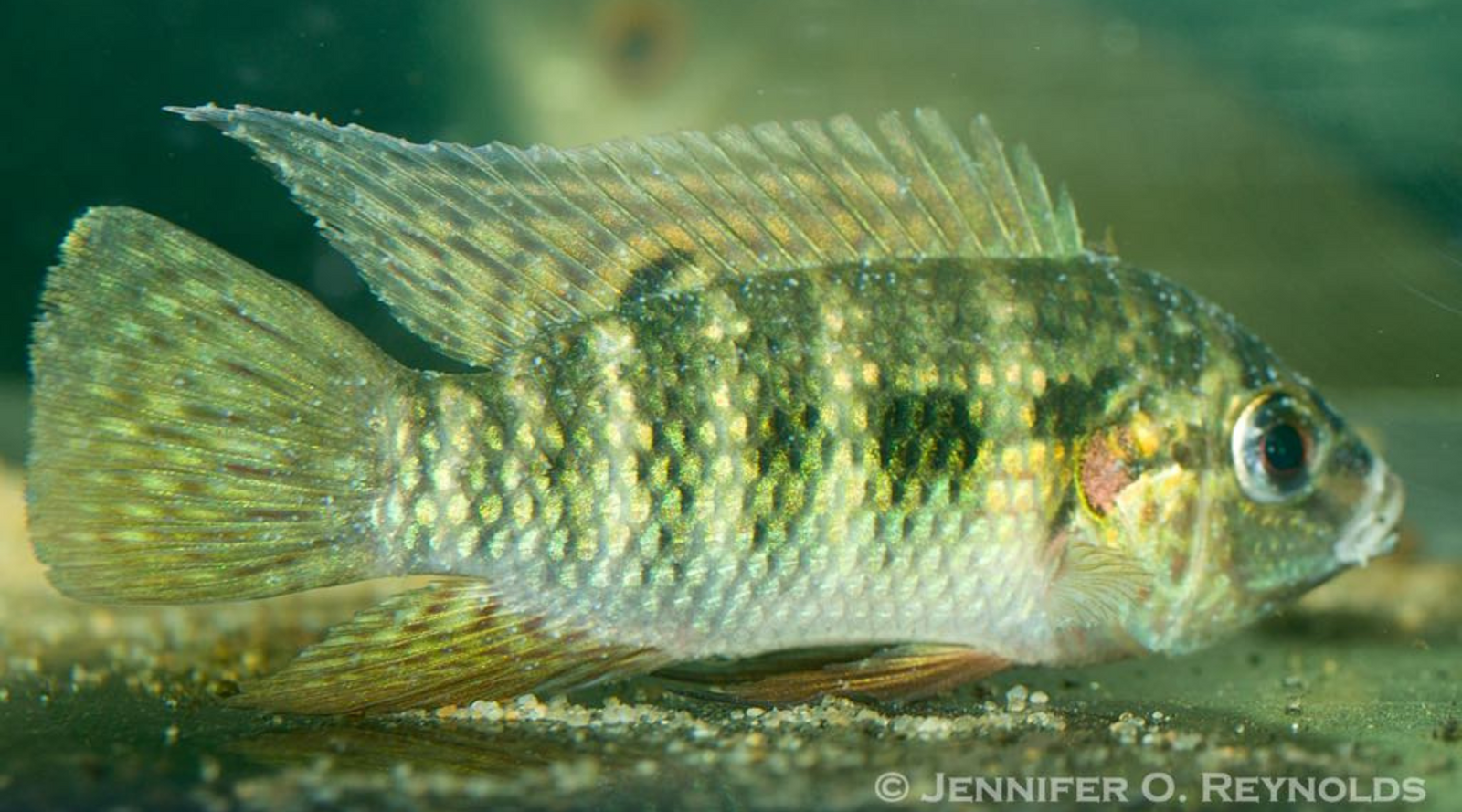
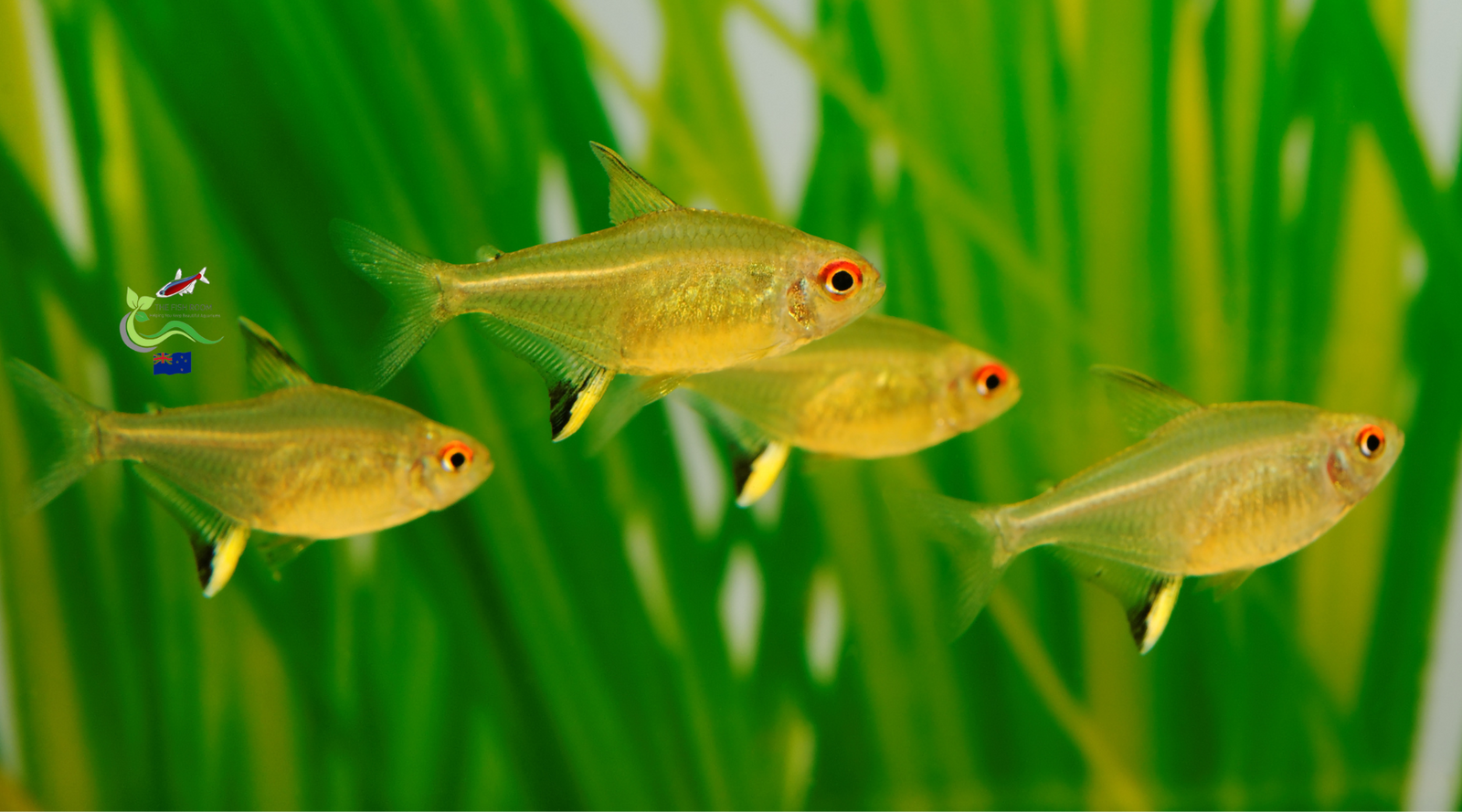
Leave a comment (all fields required)